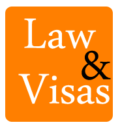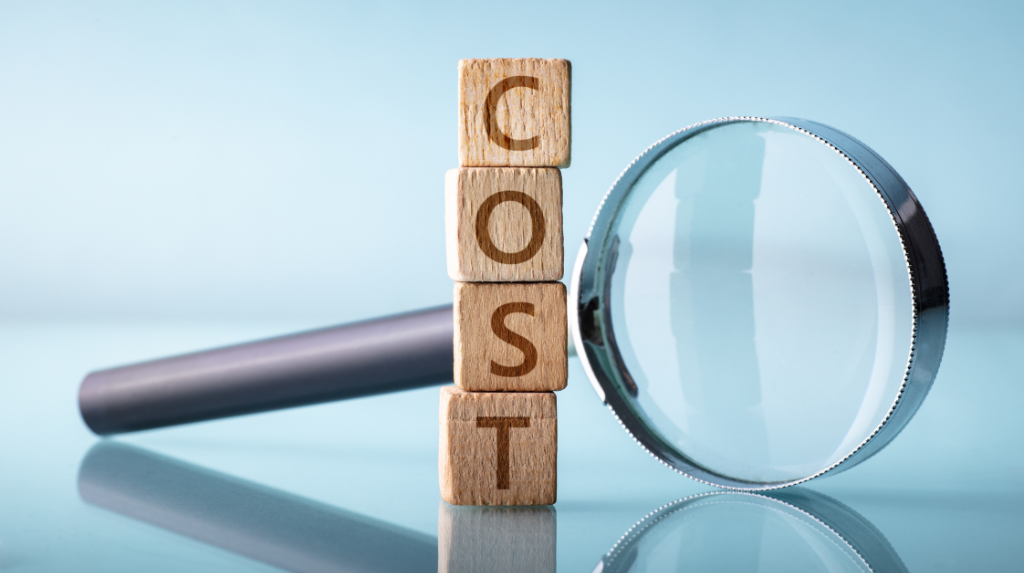Also known as the trader and investor visas, the E-1 and E-2 visas will be of interest to any entrepreneur thinking of beginning a business or investing in the US. These visas are meant for people who engage in international selling (E-1) or buying (E-2) activity in the United States. However, there’s no harm in verifying whether or not your country falls under these visas before proceeding with the application process. In this guide, you will find a list of countries, that are eligible for E-1 and E-2 visas, as well as, learn more about the distinction between the two types of visas.
Understanding E-1 and E-2 Visas
An E visa is strictly a temporary, or nonimmigrant, work visa meant for people involved with trading or investing between the United States and their country. The two primary types are:
E-1 Visa (Treaty Trader): This visa is retrieved for those people who are engaged in major trading between their home country and the US.
E-2 Visa (Treaty Investor): This visa is specifically for investors as they put a hefty amount of capital into a business in the United States.
Qualifying E-1 and E-2 Countries
The current list of E-1 and E-2 visa-eligible countries is provided by the U.S. Department of State. Some countries fall under both visas or only one of them. To be sure of the list’s relevance to the provided country, it is better to visit the Bureau of Consular Affairs website to get the updated list.
List of Eligible Countries for E-1 and E-2 Visas
Here is a detailed list of countries that qualify for either the E-1 (Treaty Trader) or E-2 (Treaty Investor) visa:
| Country | Visa Classification |
| Albania | E-2 |
| Argentina | E-1, E-2 |
| Armenia | E-2 |
| Australia | E-1, E-2 |
| Austria | E-1, E-2 |
| Azerbaijan | E-2 |
| Bahrain | E-2 |
| Bangladesh | E-2 |
| Belgium | E-1, E-2 |
| Bolivia | E-2 |
| Bosnia and Herzegovina | E-1, E-2 |
| Brunei | E-1 |
| Bulgaria | E-2 |
| Cameroon | E-2 |
| Canada | E-1, E-2 |
| Chile | E-1, E-2 |
| China (Taiwan) | E-1, E-2 |
| Colombia | E-1, E-2 |
| Congo (Brazzaville) | E-2 |
| Congo (Kinshasa) | E-2 |
| Costa Rica | E-1, E-2 |
| Croatia | E-1, E-2 |
| Czech Republic | E-2 |
| Denmark | E-1, E-2 |
| Ecuador | E-2 |
| Egypt | E-2 |
| Estonia | E-1, E-2 |
| Ethiopia | E-1, E-2 |
| Finland | E-1, E-2 |
| France | E-1, E-2 |
| Georgia | E-2 |
| Germany | E-1, E-2 |
| Greece | E-1 |
| Grenada | E-2 |
| Honduras | E-1, E-2 |
| Ireland | E-1, E-2 |
| Israel | E-1, E-2 |
| Italy | E-1, E-2 |
| Jamaica | E-2 |
| Japan | E-1, E-2 |
| Jordan | E-1, E-2 |
| Kazakhstan | E-2 |
| South Korea | E-1, E– 2 |
| Kosovo | E– 1 |
| Kyrgyzstan | E– 2 |
| Latvia | E– 1 |
| Liberia | E– 1 |
| Lithuania | E– 2 |
| Luxembourg | E– 1 |
(For brevity, only a selection of countries is displayed here; please refer to official sources for the complete list.)
What are the eligibility requirements for an E-1 visa
To qualify for an E-1 visa, applicants must meet several specific eligibility requirements:
Nationality:
The applicant must be a national of a country that has a treaty of commerce and navigation with the United States. This treaty status is essential for E-1 visa eligibility.
Substantial Trade:
The applicant must be engaged in “substantial trade” between the U.S. and their home country. This trade can involve goods, services, international banking, insurance, transportation, tourism, technology transfer, or other qualifying activities. The trade must be significant enough to ensure a continuous flow of trade between the two nations.
Principal Trade Requirement:
At least 50% of the trade volume must occur between the U.S. and the treaty country. This means that the majority of the applicant’s international trade activities must be directed toward the U.S..
Role in Trade:
The applicant can either be the principal trader or an employee of a qualifying organization engaged in substantial trade. If applying as an employee, they must hold a supervisory or executive position or possess special qualifications essential to the efficient operation of the enterprises.
Intention to Depart:
Applicants must demonstrate their intention to leave the U.S. upon termination of their E-1 status. This requirement is often shown through documentation that supports their ties to their home country.
Ownership Requirement:
If applying as a trader, the applicant’s enterprise must be at least 50% owned by nationals of the treaty country
Key Differences Between the Visas
Eligibility Requirements
Both visas require that the applicant be a national of a treaty country. However:
E – 1 Visa:
- Primarily for individuals involved in substantial trade between the U.S. and their home country.
- Requires at least 50% of international trade to be between the U.S. and the treaty country.
E – 2 Visa:
- Primarily for individuals making a substantial investment in a U.S. business.
- No specific trade requirement exists.
Investment Requirements
- E – 1 Visa: No specific investment amount is mandated.
- E – 2 Visa: Typically requires an investment of over $100,000 but can vary based on business needs
How do I prove that my trade is “substantial” for an E-1 visa
To prove that your trade is “substantial” for an E-1 visa, you need to demonstrate a continuous and significant flow of trade between the U.S. and your treaty country. Here are the key factors to consider:
Continuous Flow of Trade:
You must show that there is a regular and ongoing exchange of goods or services. This means having numerous transactions over time, rather than a single large transaction. The trade should ideally span at least six months.
Volume of Transactions:
While there is no strict monetary threshold, a general guideline suggests that you should have at least 25 transactions where the total dollar value exceeds $250,000. The emphasis is on having a high number of transactions rather than just focusing on individual transaction values.
Monetary Value:
Although the number of transactions is more critical, higher monetary values can strengthen your case. Consulates will look favorably on cases with numerous transactions of significant value.
Documentation:
Prepare comprehensive evidence to support your claims, including:
- Contracts and agreements
- Invoices and purchase orders
- Bills of lading and shipping documents
- Financial statements showing income derived from trade activities.
Ongoing Nature:
The trade must be consistent and not a one-off event. Officers will assess whether there is a pattern of ongoing trade activity over time.
Small Business Considerations:
If you are a small business owner, you can still qualify for an E-1 visa by demonstrating numerous transactions, even if they are smaller in value. The key is to show that your international trade generates sufficient income to support you and your family
Before applying for an E visa, it’s vital to confirm your country’s eligibility. Some nations qualify for both E visa types while others may only qualify for one. The U.S. Department of State provides the latest information on eligible treaty countries; checking this list can help streamline your application process.
Understanding your eligibility can significantly enhance your chances of a successful application. If you have any uncertainties or require assistance navigating the process, consulting with an immigration lawyer or expert is advisable.
How Law and Visas Can Help?
At Law and Visas, our team of expert immigration consultants is here to make your travel straightforward and successful. Whether you’re applying for an E-2 Visa or a B-1 Visa, we handle every step—from preparing your application to gathering the required documents.
Our Immigration Consultants and Lawyers ensure that your application meets the highest standards, with no details missed. We’ll also keep you informed throughout the process and coordinate with the immigration office or embassy on your behalf.
Law and Visas have a strong record of helping clients secure the visas/permits they need for International travel. You can call us today at +234 812 5505 986 to learn how we can help you.





